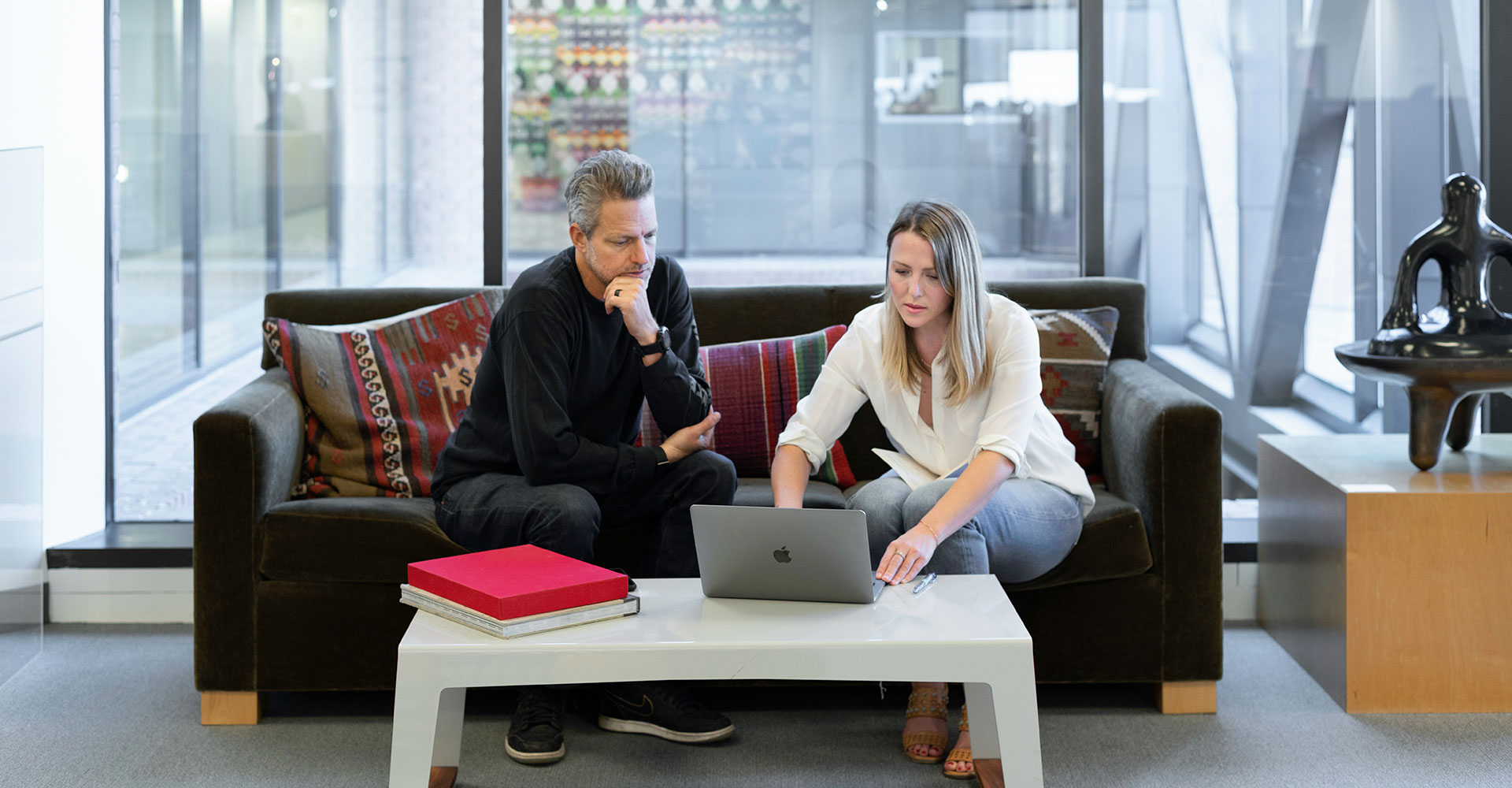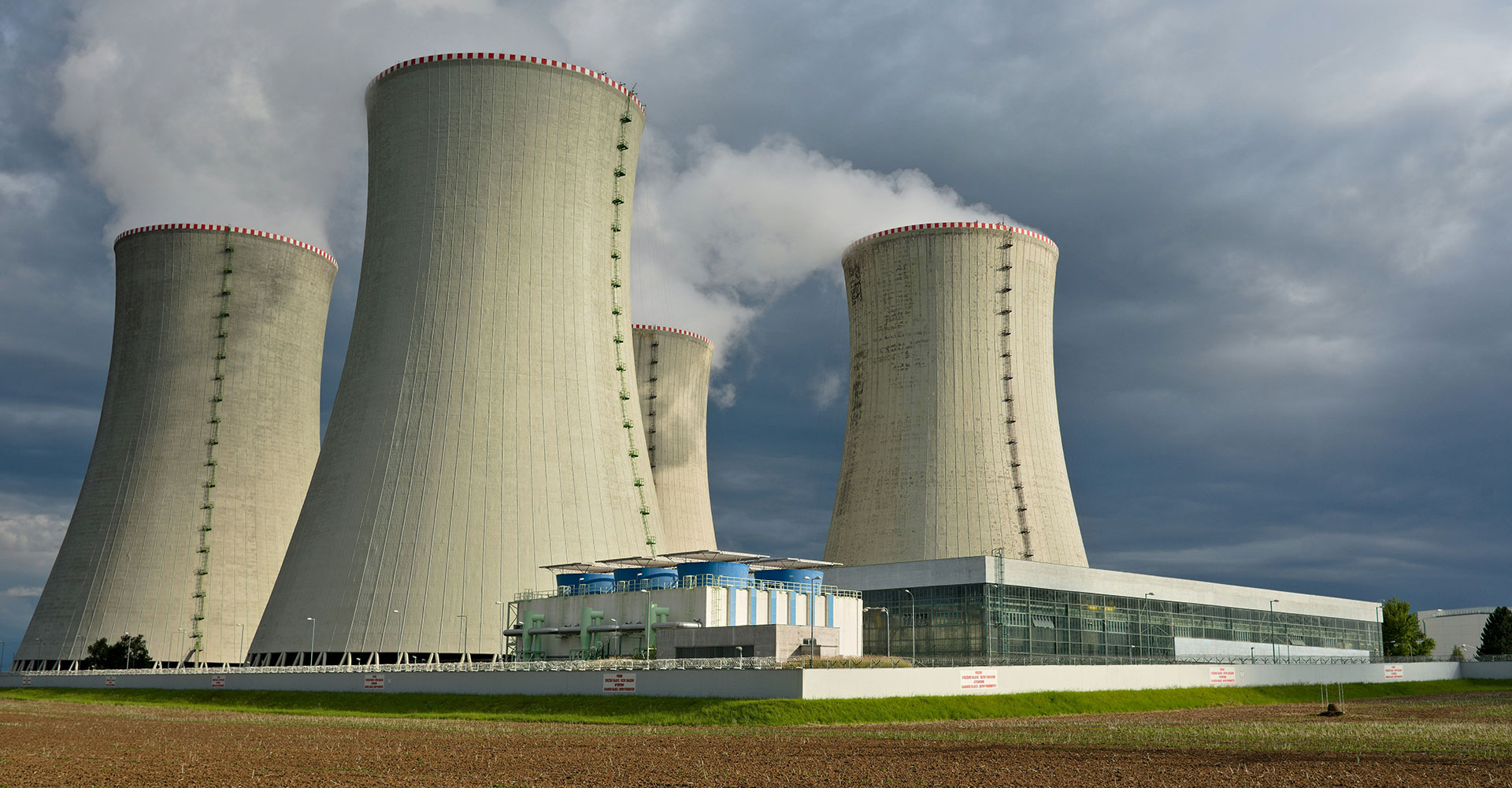Just as 2020 embraced conscious consumption, sustainable development, new and developing technologies, and durable architectural elements, the trend will continue into 2021.
The global pandemic created disruption among all levels of society and industry — including the architecture and construction sectors. Social distancing, business shut-downs, supply chain disruption, and other effects resulting from COVID-19 won’t disappear in January. The virus has certainly influenced the approach to certain trends within both architecture and construction.
Commercial vs. Residential Construction
Thanks to historically low interest rates, strong demand, and a housing shortage, the U.S. will see more residential construction. In fact, while Dodge Data & Analytics saw nonbuilding construction fall 31% in July, \multifamily starts grew 11% and single family homes dropped by less than 1%.
The American Institute of Architects’ (AIA) Consensus Construction Forecast anticipates that nonresidential construction spending will fall through 2021. Commercial construction — office space, retail — will see the greatest slide. But investments in public safety-related projects and healthcare facilities will grow in 2021.
Green Building, Net Zero or Sustainable Construction
The building and construction industries contribute to about 11% of the world’s total carbon emissions. Field experts have analyzed a range of eco-conscious construction methods to design green buildings that don’t just stop global greenhouse emissions but actually help to reduce it.
Both industries will continue to use eco-conscious sustainable construction techniques like:
- Designing buildings that use renewable energy
- Sourcing and using sustainable building materials
- Recycling and harvesting water
- Incorporating a more energy efficient system into buildings before, during, and after construction
Architecture and construction companies that have embraced the reduce-reuse-recycle philosophy are working to not only reduce waste created during the construction process, but also incorporate recycled materials into the new buildings.
Incorporating vernacular architecture also contributes to more environmentally-friendly construction. Contractors and architects use and incorporate materials near to the site, which reduces transportation costs and possible material shortages.
Passive building design offers another technique for reducing a building’s energy needs and use. Site planners can orient buildings to take advantage of the sun’s warmth, wind-created ventilation, and architects add elements like sun shading devices, wind walls, and large windows specifically designed to soak up the sun’s rays.
Some companies will continue to work toward achieving net-zero energy. This rating occurs when a building creates energy on site equal to the amount of energy it uses each year. LEED (Leadership in Energy and Environmental Design) rating systems provides a universal standards framework that’s used worldwide to define how architects and builders can create healthy, efficient green buildings.
Adaptive Reuse
This approach modifies existing buildings to accommodate present needs — a remodeling of sorts to address current problems and add new functions. It complements green building’s recycle philosophy because it adds purpose to unused or deteriorating buildings and can bring new character — and life — to existing structures.
Public Space Intuitive Design & Working With (Not Against) Nature
Open, public environments create breathing spaces around buildings. Parks help reduce buildings’ carbon footprints and encourage people to venture outside. Fusing indoor and outdoor workspaces benefits many businesses and their customers. Private workspaces that offer inside/ outside access help increase productivity and boost employee morale. This trend will continue to create and use more of these inviting spaces.
And where creating open spaces isn’t the most practical solution, architects often incorporate native vegetation into the design, opting to use on-site vegetation to plan buildings that work organically with their environment. Experts recommend planting trees and shrubs already part of the landscape rather than introducing nonnative species.
Another trend to welcome nature into workspaces includes biophilic design, integrating gardens on rooftops or terraces and green walls, for example, continues into 2021. This approach improves urban landscapes by fusing man-made and natural elements.
Prefabricated Construction
In a post-COVID world, prefab and modular construction will continue to see growth. This construction method uses less energy on a worksite, helps control waste, and focuses on sustainable measures. It can also significantly reduce the carbon footprint on a lifetime of building.
Teams manufacture prefabricated pieces off site in enormous buildings with sweeping ceilings and airy spaces — a boon when social distancing remains critical for workers’ safety. Equipment like ceiling cranes, lifts, and conveyors require fewer workers, which means lower labor costs, too.
Materials
2021 will continue to see more use of other eco-friendly materials that include:
- Long lasting composite roofing shingles, which remain true to the natural characteristics of traditional materials but require far less maintenance because they don’t crack, raise, or fade
- Smart glass windows that facilitate more natural light flow — and reduced need for electric lights. Made of an innovative material that changes heating properties based on how the building uses heat or AC, the glass can turn translucent to block heating wavelengths or become transparent to make use of sunshine. Plus, sunlight discourages the growth of some pathogenic bacteria, fungi, and viruses.
- Bamboo floors that look like “regular” wood but have a 3 year harvest cycle (instead of 25 years for the average tree) which will slow the rate of deforestation
- Insulated concrete framing which creates an airtight barrier to prevent unwanted energy transfer. Unlike prefabricated wood panels — which often have small cracks or crevices that can transfer air and moisture in and out of a building — ICF (insulated concrete forms) have a thermal mass that helps maintain a consistent interior temperature
- Solar panels that reduce the dependence on non-renewable energy
- Eco-friendly insulation like hemp, which includes the same insulative properties of traditional fiberglass or cellulose but offers 92% sustainability and doesn’t include toxic chemicals
Improved Air Quality
First coined in the 1970s, Sick Building Syndrome describes poor air quality where building occupants experience headaches, dizziness, difficulty focusing, dry cough, and other symptoms. Achieving better air quality has become even more critical in 2021, especially since COVID-19 (as well as over 40 other pathogens and allergens) can transmit disease via inside air.
Studies show that healthier indoor environments lower the risk of disease transmission and lead to better health and productivity. Since the average American spends about 87% of their time inside, creating healthy buildings will remain a focus of next year. Experts theorize that improving air quality will lead to $25B to $150B in annual savings and productivity gains.
A well-designed building envelope supports air filtration and allows HVAC systems to catch and remove more airborne pathogens. Air sealing helps control ventilation, air barriers, indoor air quality. Enhanced HVAC systems adjusted to increase the fresh-air volume also improve employees’ abilities to think and perform cognitive work. Regardless of the industry, commercial architecture’s goal includes creating spaces to efficiently — and healthfully — accommodate a range of business activities across diverse industries. Whether it’s incorporating energy saving technologies; repurposing an existing, unused building; or incorporating nature into a building’s final design, the contractors, architects, and interior designers at CREA United offer a wealth of information, ideas, and suggestions for your project.

